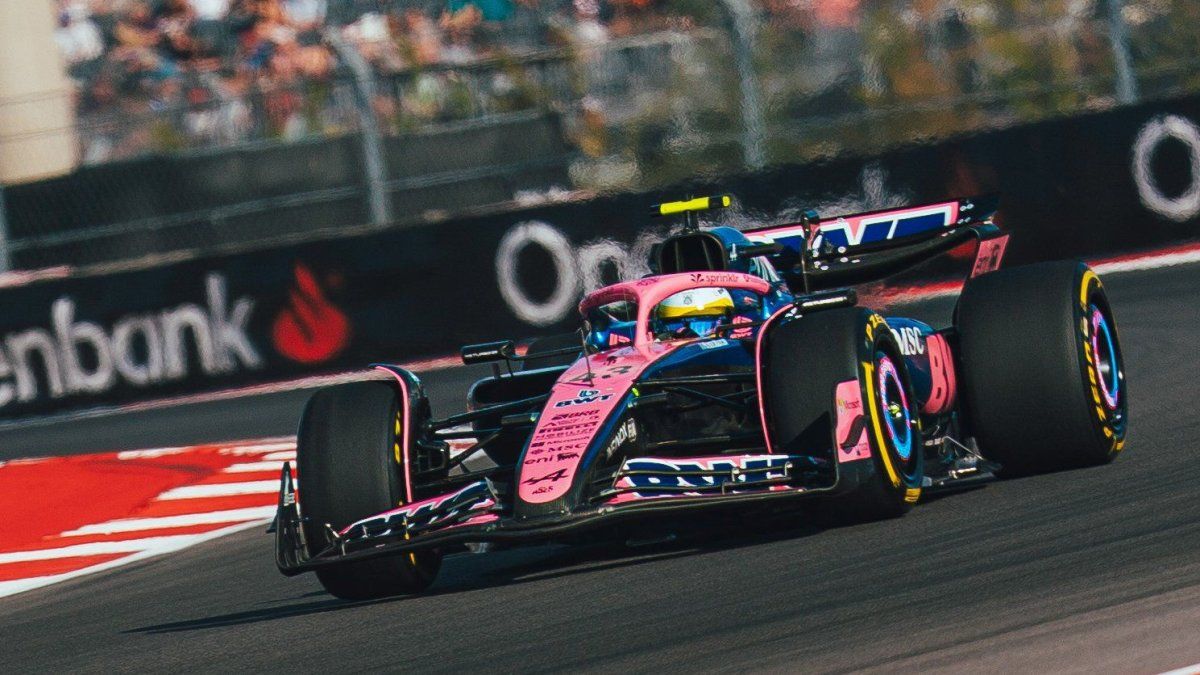When buying meat in the supermarket, a widely used logo has long informed people about how the animals were kept. Does this have any effect?
According to a survey by the environmental organization Greenpeace, supermarket chains have made “small progress” in terms of more meat from better animal husbandry. Products from the two lower levels of husbandry 1 and 2 now make up 82.5 percent of the range, according to Greenpeace – up from 87.4 percent last year. Of these, 11.5 percent are now from the lowest level 1, which corresponds to the legal minimum standard.
Fortunately, none of the supermarket chains are still selling poultry from level 1, explained Greenpeace. According to the survey conducted in May, the figure for pork is now 0.9 percent – but for beef it is still 60.5 percent. “In order to really ban cheap meat from their refrigerated counters in the next few years, the supermarkets must now pick up the pace and meet their interim targets,” said Greenpeace expert Christiane Huxdorff.
The environmental organization pointed out that all chains surveyed had announced that they would completely dispense with meat from level 1 by 2025 at the latest. Greenpeace considers them, as well as level 2, to be “contrary to animal welfare.”
The levels refer to the voluntary labeling of the large supermarket chains with the imprint “Husbandry type” that has been in place since 2019. On the labels, the numbers 1 to 4 stand for four levels from “stable husbandry” to “premium” with increasing requirements for husbandry in terms of space in the stable and other conditions.
A changeover to five levels is currently underway, with which the private logo will align with a future state-run animal husbandry label. This is to become mandatory for fresh pork in stores in 2025 and also has five levels.
Source: Stern




